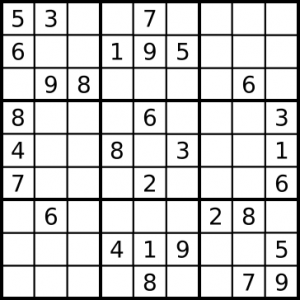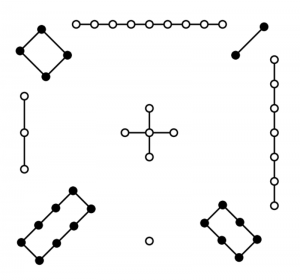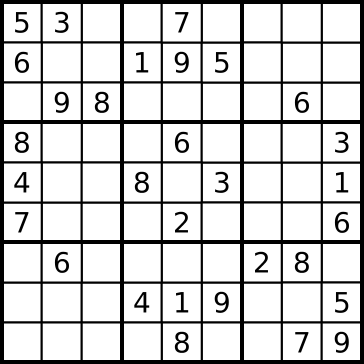
The history of Sudoku is a story which begins in the United States, travels around the world, and returns back to the United States after twenty six years.
Almost everyone today has seen a Sudoku puzzle. The uncompleted 9X9 number grids can be found in the majority of newspapers, puzzle books and magazines all across the world. The perplexing grids are to be filled in such a way that the digits 1 through 9 only appear once in any row, column, and in each of the nine 3X3 sub sections. Their popularity has grown immensely since first appearing in 1979.
Howard Garns and the Number Place
Under the original title of the Number Place, the Suduko puzzle was placed in the Dell magazine by a contributor named Howard Garns. Garns was an architect living in Indianapolis and is credited for designing the now world famous Sudoku puzzle. But it wasn’t until Maki Kaji from Japan saw the Number Place in 1984 and published the puzzles in his own magazine did Sudoku start to become widespread.
Meaning of Sudoku
Kaji had rearranged the unfinished number grids and changed the name of the Number Place to Suji wa dokushin ni kagiru which means ‘the numbers must be single.’ Abbreviated to just Sudoku, meaning single numbers, the grids quickly became addicting to those who took the challenge of completing them. The puzzle’s magnetism helped them gain popularity and into one of the top selling puzzles in Japan within only a short period of time.
Sudoku continued to expand into other locations as more and more people experienced the allure of the puzzle. They were published in the Times of London when the grids were brought to England in 2004 by Wayne Gould. This publication created a rapid spread into many other countries and by the year 2005, Sudoku was appearing back in the United States under its new name.
 The Magic Square
The Magic Square
It is believed the original Number Place was inspired by the Latin square of Leonhard Euler. The Latin square earns it name from Euler who used Latin letters to fill grids in the 1700’s. Like Sudoku, the grids were filled by only using the letters once (in the Latin square’s case) in any given row and column. The Latin squares of Euler were in turn inspired by the magic squares which date back thousands of years into ancient China. This first magic square was known as the Lo Shu.
Magic squares are similar because they contain numbers which only appear once also. However perfect magic squares are arranged in such a way where the rows, columns, and their diagonals add to the same ‘magical sum’. As it can be recognized the numerical tables of Sudoku have their origins from the consequences of the magic square. It isn’t any wonder then why they have become so magical in their attraction to so many around the world. They enticed past minds, like Durer, Geber and Franklin, and continue to do so in the present.

